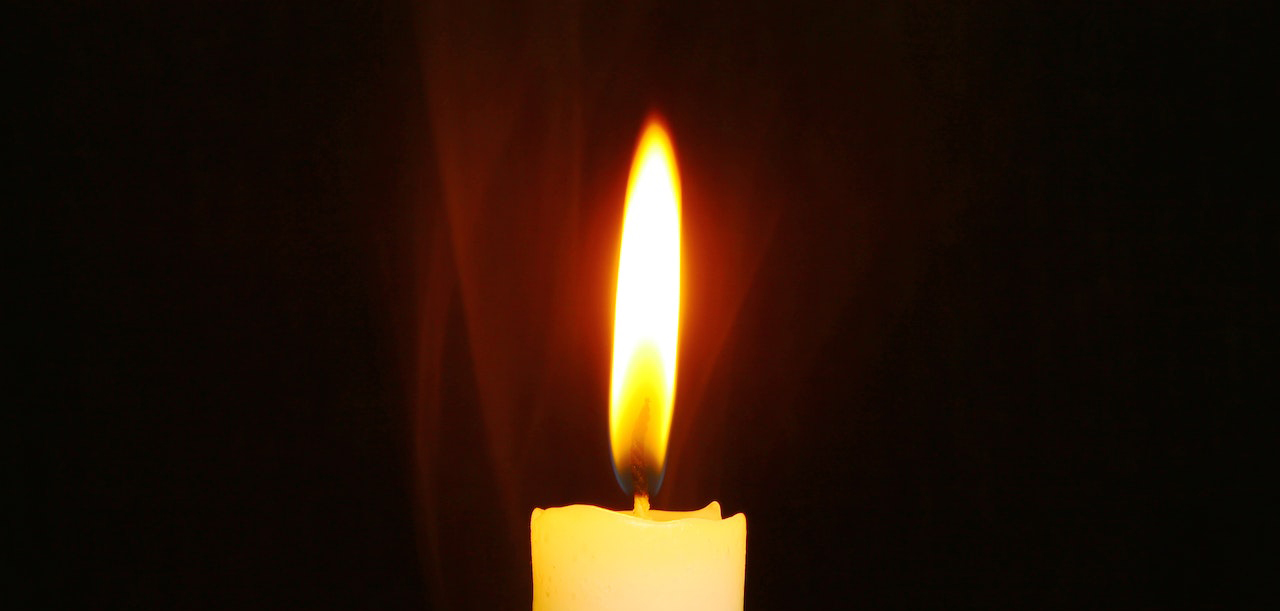The use of sundials and water clocks by ancient cultures to keep track of time may be traced back to the origin of the candle alarm clock. These systems were not feasible to use throughout the night, which led to the creation of more advanced timekeeping gadgets. Ingenious candle alarm clocks were developed during the Tang Dynasty (618-907 AD). These clocks comprised a candle that had marks along its length that were uniformly spaced apart, as well as a mechanism that controlled the rate at which the candle burned. A metal or ceramic container was used to encase the candle so that it would be protected from drafts while also ensuring that it would burn evenly.
In order to obtain regular burn rates and exact timekeeping, candlemaking was a trade that required precision. Skilled candlemakers were required to choose the appropriate materials and follow the methods with the utmost attention to detail. The precision of candle alarm clocks was highly reliant on the quality of the candles, highlighting the need to have competent candlemakers on hand. The cultural relevance of candle alarm clocks was clearly demonstrated in the many different rituals and ceremonies that marked distinct prayer times, religious observances, and significant events in monasteries and families.
Candle alarm clocks are a unique and interesting way to tell time using a candle. They work by burning a candle at a consistent rate, marked with evenly spaced lines representing specific time periods. There are two main types: nail alarm clocks, where nails are inserted into the candle at evenly spaced intervals, and wax alarm clocks, where the wax melts and drips onto a metal plate, sounding the alarm when the plate is covered in wax. These clocks are simple, effective, and have a charm that modern alarm clocks lack. However, they are not very accurate, can be dangerous if not used properly, and can be difficult to set.
The slow fall of candle alarm clocks that began during the Middle Ages in Europe led to the steady emergence of mechanical clock technology in that region. Collectors, historians, and enthusiasts who appreciate their brilliant design and cultural relevance have recently shown a revived interest in the historical and cultural worth of candle alarm clocks. This enthusiasm has led to a recent surge in the number of articles written about this topic.
Several candle alarm clocks have been preserved thanks to the efforts of collectors and museums; these clocks provide insights into the technological genius of ancient societies. People have been able to experience the special allure and practicality of candle alarm clocks because of the efforts of do-it-yourself enthusiasts and professional craftspeople who have sought to replicate these old timekeeping gadgets. The inventiveness of humans and their desire to achieve greater precision have been the primary motivating factors behind the progression of timekeeping. The introduction of mechanical clocks in the 13th century was a big step forward in the development of clocks. In contrast, the invention of pocket watches in the 16th century made it possible for more people to keep accurate times. The first practical pendulum clock was invented by Galileo Galilei, who was the leader of the Pendulum Clock Revolution. This invention transformed the way that time was kept. Because they were the most precise timekeeping devices available at the time, pendulum clocks brought about enormous advancements in the fields of navigation, scientific study, and manufacturing.
After its introduction in the latter half of the 19th century, wristwatches quickly acquired popularity among civilians and evolved into a status symbol as well as a statement of style. The use of the inherent vibrations of quartz crystals to precisely maintain time was a revolutionary concept that was introduced in the 1960s as part of the quartz crystal technology. When they were first introduced in the middle of the 20th century, atomic clocks redefined the accuracy of timekeeping by measuring time-based on the vibrations of atoms.
The advent of the digital era in timekeeping coincided with the proliferation of digital timepieces, which eschewed conventional mechanical hands in favor of displays made of LEDs or LCDs. The advent of smartwatches in the 21st century coupled the traditional function of telling time with more modern technology, enabling wearers to get alerts, measure their activity, and even make phone calls. Timekeeping has been networked with a variety of devices as a result of its incorporation into smart devices, such as those that are part of the Internet of Things (IoT). These facilities need exact times to keep everything running smoothly.
The capabilities of wearable technology are fast expanding beyond the simple ability to tell time; in the not-too-distant future, wristwatches may incorporate health monitoring capabilities, augmented reality interfaces, and increased battery life. The watch industry has shown its dedication to reducing its negative effects on the environment by developing environmentally friendly inventions such as solar-powered watches and recycling materials.
In conclusion, human ingenuity and invention have been the driving forces behind the development of new methods of keeping time. Candle alarm clocks serve as a tribute to the human capacity for creativity and innovation.

